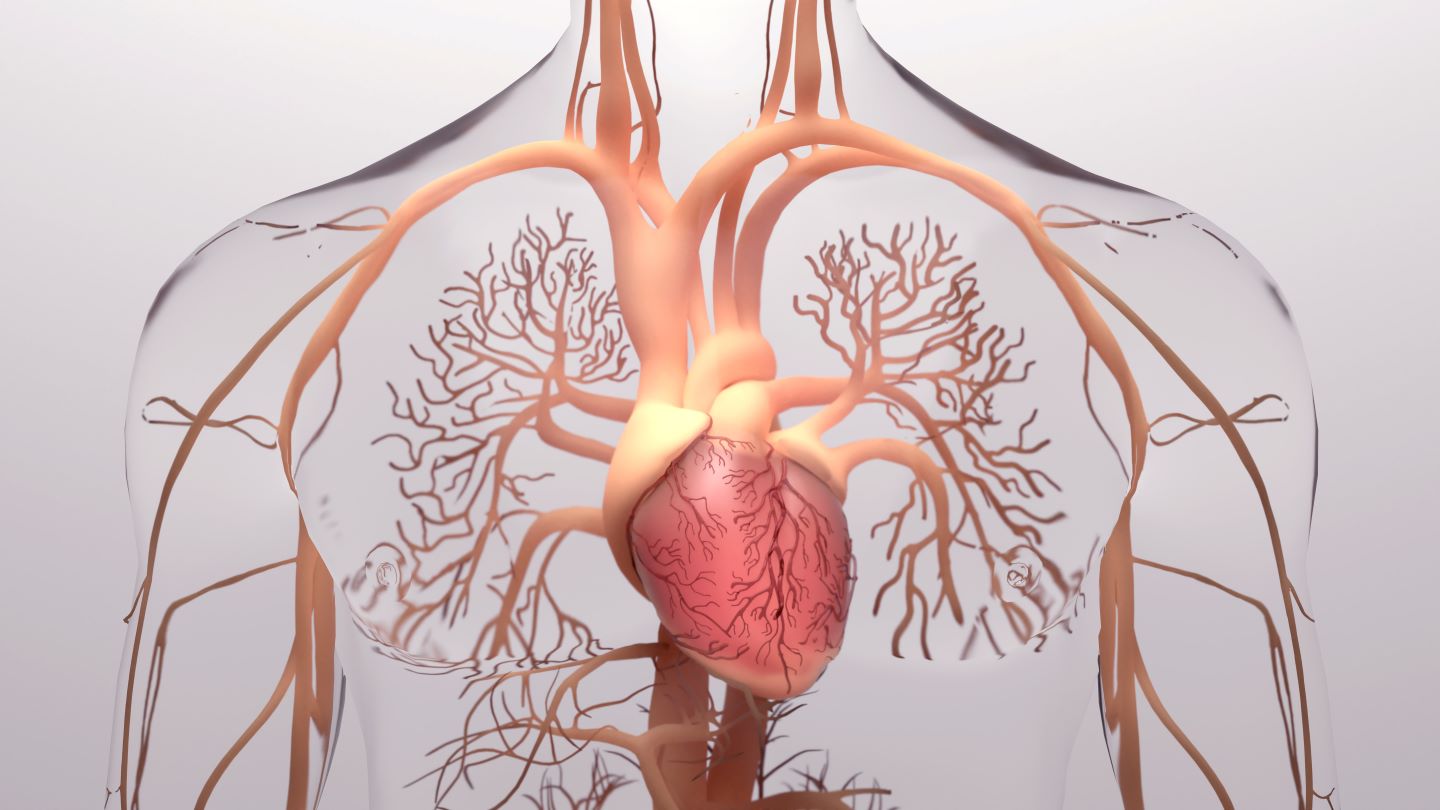
The pulmonary arterial hypertension (PAH) market is expected to grow at a compound annual growth rate (CAGR) of 5% through 2029, reaching $7.5bn across the seven major markets (7MM) (US, France, Germany, Italy, Spain, UK, and Japan) according to GlobalData’s recent Pulmonary Arterial Hypertension: Seven-Market Drug Forecast and Market Analysis to 2029 report. Major driving factors of this growth include the launch of disease-modifying therapies, drug reformulations, and an increased uptake of combination therapy.
PAH is caused by pulmonary arterial obstruction due to endothelial dysfunction and vascular remodelling, leading to increased resistance in the arterial blood vessels. In interviews with GlobalData, key opinion leaders (KOLs) emphasised that the greatest unmet need in the PAH space is the absence of curative therapies targeting vascular remodelling. Currently marketed therapies focus on vessel dilation, and are symptomatic. Merck’s breakthrough therapy, sotatercept, is a first-in-class fusion protein that prevents blood vessel remodelling via the inhibition of bone morphogenetic protein 10. Set to launch in the US in 2024 and in the five major European markets (5EU) (France, Germany, Italy, Spain, and UK) in 2025, sotatercept is forecasted to generate $1.13bn in sales for Merck in 2029. As the first disease-modifying therapy, sotatercept will be a game-changer in the PAH space.
Drug reformulation is a dominant trend in the PAH pipeline. One such example is United Therapeutics’ ralinepag, a ‘me-too’ drug to Johnson & Johnson’s currently marketed high-performing Uptravi, with an improved pharmacokinetic profile. GlobalData forecasts that ralinepag will capture a significant market share from other prostacyclin therapies, including Uptravi, upon its launch. Another example is AV-101, an inhalation formulation of imatinib developed by Aerovate Therapeutics in the US. Oral imatinib was previously investigated by Novartis and showed promising clinical improvements in Phase III trials; however, severe side effects led to trial discontinuation. Inhalation imatinib has the potential to avoid these systemic side-effects via direct administration to the lungs. If successful, AV-101 will be another first-in-class disease modifying therapy for PAH, further addressing the unmet need of an absence of curative treatment.
Despite moderate growth across the 7MM, the PAH market faces some challenges. Throughout the forecast period, the patents for several marketed drugs will expire, leading to generic erosion. Notably, sales of the current market leader, Johnson & Johnson’s Opsumit, are predicted to drop by approximately 40% in 2026 after US and 5EU patent expiry. Furthermore, low disease diagnosis rates and delayed diagnosis are expected to continue throughout the forecast period, due to low disease awareness among patients and physicians, thus reducing the growth potential of the PAH market. Nonetheless, the launch of pipeline therapies including sotatercept and ralinepag, coupled with increased uptake of combination therapy, will fuel market growth in the PAH space.



